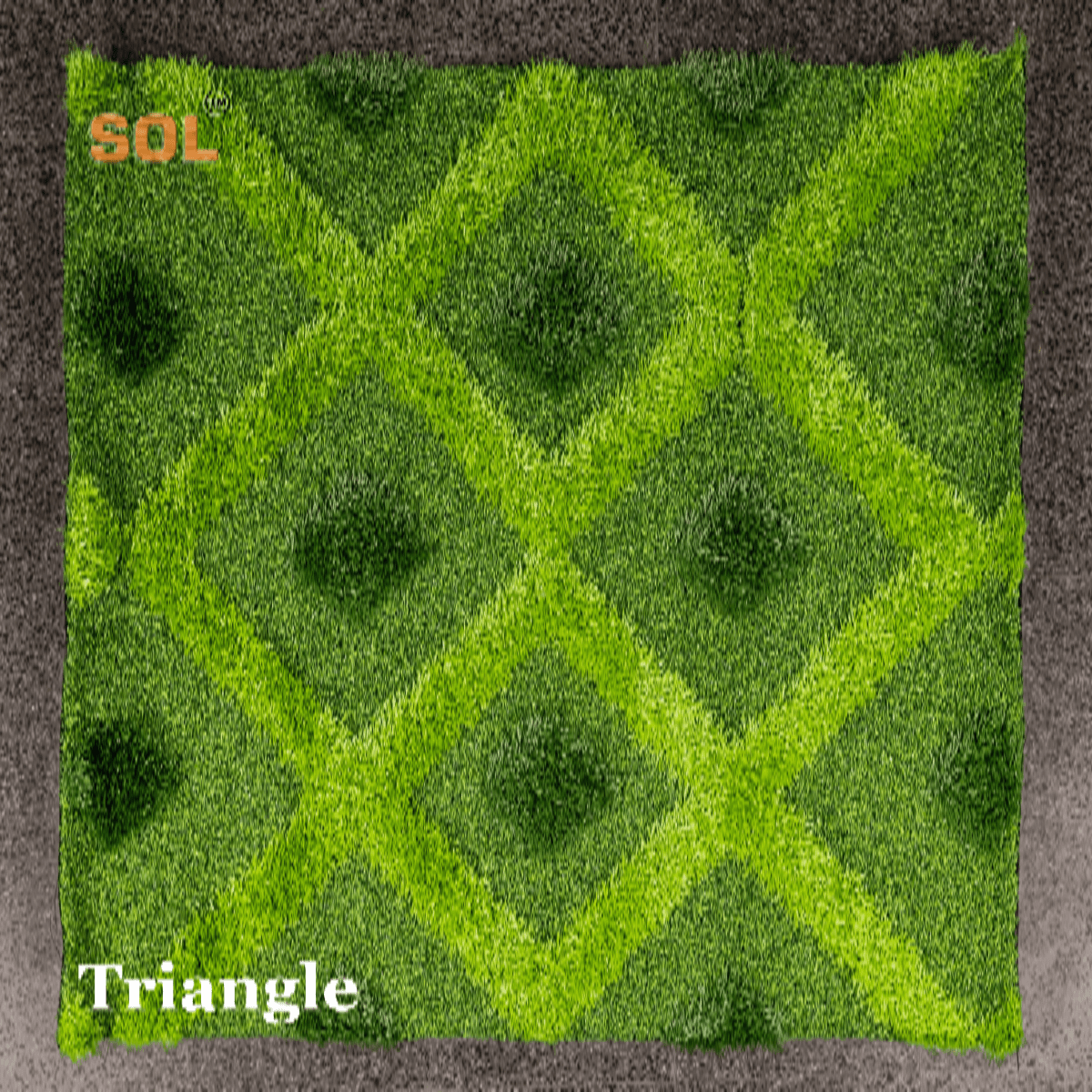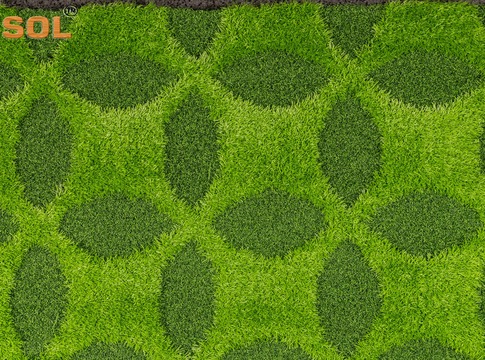Introduction to Artificial Grass
Transform your outdoor spaces with our premium artificial grass, offering a lush, natural look and feel with thickness options ranging from 25 mm to 50 mm.
Choose from vibrant 3-tone or 4-tone color variations that replicate the beauty of real grass, enhancing any landscape.
Our high-quality backing, made of PR combined with non woven fabric and a durable SBR latex mixture, ensures long lasting performance and easy installation.

Benefits of Artificial Grass
- Low Maintenance: Requires minimal upkeep compared to natural grass, saving time and money on watering, mowing, and fertilizing.
- Water Conservation: Reduces water usage significantly, which is especially beneficial in drought-prone areas.
- Durability: Can withstand heavy use and harsh weather conditions, making it ideal for high-traffic areas.
- Aesthetics: Maintains a lush, green appearance year-round without bare patches or discoloration.
- Eco-Friendly: Reduces the need for chemical fertilizers and pesticides, contributing to a healthier environment.
- Versatility: Suitable for a variety of applications, including lawns, sports fields, playgrounds, and rooftop gardens.


Types of Artificial Grass
- Landscape Grass:Designed to mimic natural grass with varying blade lengths and colors. Suitable for residential and commercial landscaping.
- Hybrid: Combines natural grass with artificial fibers to enhance durability and reduce maintenance. Often used in professional sports fields.
- Playground Turf: Soft and safe, with added cushioning to prevent injuries. Ideal for playgrounds and recreational areas.
- Polyethylene: Soft, realistic, and versatile. Commonly used for residential lawns, pet areas, and recreational spaces.
Installation Process
Planning and Preparation
Install Layers
Secure the Grass
Infill and Brushing
Frequently asked questions
Artificial grass can last between 15 to 20 years or more, depending on the quality of the product and the level of maintenance. High-traffic areas may experience more wear and tear, but overall, artificial grass is very durable.
While artificial grass requires significantly less maintenance than natural grass, it still needs some upkeep. This includes brushing the grass to keep the blades upright, removing debris, and occasionally rinsing it with water to keep it clean.
Artificial grass can be installed on various surfaces, including soil, concrete, decking, and tarmac. The key is to prepare the surface properly to ensure good drainage and stability.
Artificial grass can be considered environmentally friendly as it reduces the need for water, fertilizers, and pesticides. It also eliminates the need for lawnmowers, which can contribute to air pollution. However, the initial production and eventual disposal of artificial grass have environmental impacts.
Yes, artificial grass is highly durable and can withstand heavy foot traffic, making it ideal for sports fields, playgrounds, and high-traffic areas in residential and commercial settings.

